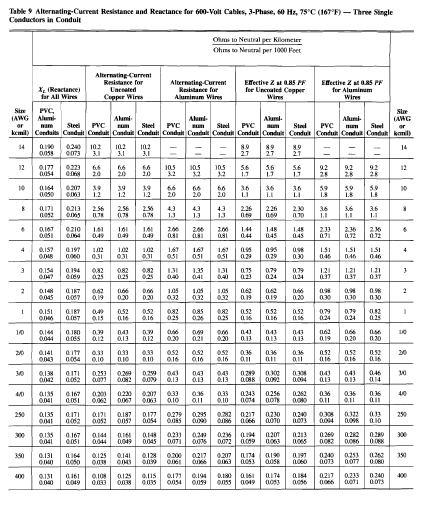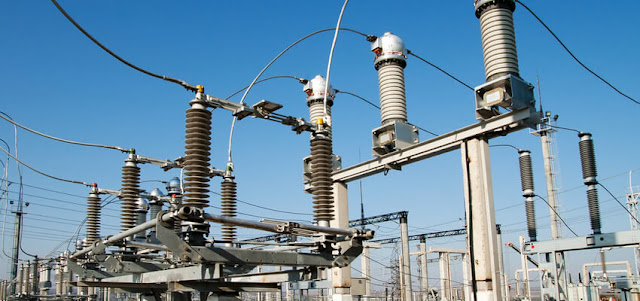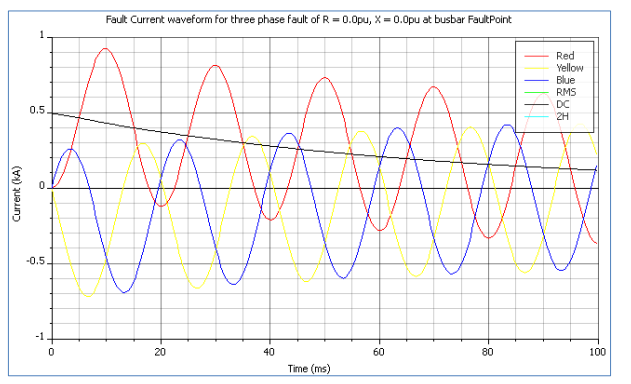Types and Classes of Current Transformers According to IEC 60441
 |
| Substation Current Transformer |
Current transformers (CTs) are critical components in many electrical systems. They are used to step down high current levels to levels that can be safely measured by instruments or protective relays.
Knowing the types and classes of current transformers is important for several reasons:
- Accurate Measurements - Different types of current transformers are designed for different applications, and they have different levels of accuracy. Knowing the correct type of CT to use for a specific application ensures accurate measurements of the current being measured, which is essential for proper functioning of protective relays and other instruments.
- Safety - Incorrectly installed or selected current transformers can pose a safety hazard to personnel. Overcurrents can cause injury or damage to equipment, so it is important to use the right type of CT to prevent these hazards.
- Compliance with Standards - Various standards, such as the National Electrical Manufacturers Association (NEMA) and the Institute of Electrical and Electronics Engineers (IEEE), provide guidelines on the types and classes of CTs to be used for different applications. Knowing these guidelines and selecting the appropriate type and class of CT ensures compliance with the relevant standards.
- Protection of Equipment - CTs are used in protective relaying systems to detect overcurrents and protect equipment from damage. Knowing the correct type and class of CT to use ensures that the protective system is operating correctly and providing the intended level of protection.
- Maintenance -Different types of current transformers require different levels of maintenance. Knowing the correct type and class of CT to use can help in developing a maintenance plan that is appropriate for the type of CT in use.
The behavior of inductive CTs in accordance with IEC 60044-1 and IEEE C57.13 is specified for steady-state symmetrical AC currents. The more recent standard IEC 60044-6 is the only standard that specifies the performance of inductive CTs (classes TPX, TPY and TPZ) for currents containing exponentially decaying DC components of the defined time constant. This section summarises the various classes of CTs.
IEC 60044-1
Class P Class P current transformers are typically used for general applications, such as overcurrent protection, where a secondary accuracy limit greatly in excess of the value to cause relay operation serves no useful purpose. Therefore a rated accuracy limit of 5 will usually be adequate. When relays, such as instantaneous ‘high set’ overcurrent relays, are set to operate at high values of overcurrent, say 5 to 15 times the rated current of the transformer.
Read: Protection Relays in Power System
The accuracy limit factor must be at least as high as the value of the setting current used in order to ensure fast relay operation.
Rated output burdens higher than 15VA and rated accuracy limit factors higher than 10 are not recommended for general purposes. It is possible, however, to combine a higher rated accuracy limit factor with a lower-rated output and vice versa.
When the product of these two exceeds 150, the resulting current transformer may be uneconomical and/or of unduly large dimensions.
Class P current transformers are defined so that, at rated frequency and with rated burden connected, the current error, phase displacement and composite error shall not exceed the values given in the table below.
Class PR
A current transformer with less than 10% remanence factor due to small air gaps for which, in some cases, a value of the secondary loop time constant and/or a limiting value of the winding resistance may also be specified.
Class PX
A current transformer of low leakage reactance for which knowledge of the transformer secondary excitation characteristic, secondary winding resistance, secondary burden resistance and turns ratio is sufficient to assess its performance in relation to the protective relay system with which it is to be used.
Class PX is the definition in IEC 60044-1 for the quasi-transient current transformers formerly covered by class X of BS 3938, commonly used with unit protection schemes.
Class PX type CTs are used for high impedance circulating current protection and are also suitable for most other protection schemes.
IEC 60044-6
Class TPS
Protection current transformers specified in terms of complying with class TPS are generally applied to unit systems where the balancing of outputs from each end of the protected plant is vital. This balance, or stability through fault conditions, is essential of a transient nature and thus the extent of the unsaturated (or linear) zones is of paramount importance.
It is normal to derive, from heavy current test results, a formula stating the lowest permissible value of Vk if the stable operation is to be guaranteed.
The performance of class TPS current transformers of the low (secondary) reactance type is defined by IEC 60044-6 for transient performance. In short, they shall be specified in terms of each of the following characteristics:
- Rated primary current
- Turns ratio (the error in turns ratio shall not exceed ±0.25%)
- Secondary limiting voltage
- The resistance of secondary winding Class TPS CTs are typically applied for high impedance circulating current protection.
- AREVA



.webp)











I just came to read your post. It is impressive post with diagrams. I am searching aboutCustom Linear Motors Please share some about it.
ReplyDeleteTrading News I have recently started a blog, the info you provide on this site has helped me greatly. Thanks for all of your time & work
ReplyDeleteThe offset voltage adds straightforwardly to the sign voltage and can be displayed as an undesirable voltage source in series with the planned sign. عالية الجهد مكثف السيراميك
ReplyDeleteElectrical engineering is leading the development of new technologies in transportation, construction, and healthcare. Check out about Best College for Electrical Engineering in India here
ReplyDeleteExplanations are always clear. The Enneagram
ReplyDeleteWhen it comes to choosing the Best Engineering College in Nagpur, RBU emerges as a trusted name for innovation and excellence in engineering education. With specialized programs in Civil, Electrical, Mechanical, and Computer Science, students benefit from industry-driven curricula, advanced labs, and top-tier placements. The university is consistently ranked among the Best Engineering Colleges in Nagpur for its holistic development and global career readiness.
ReplyDelete